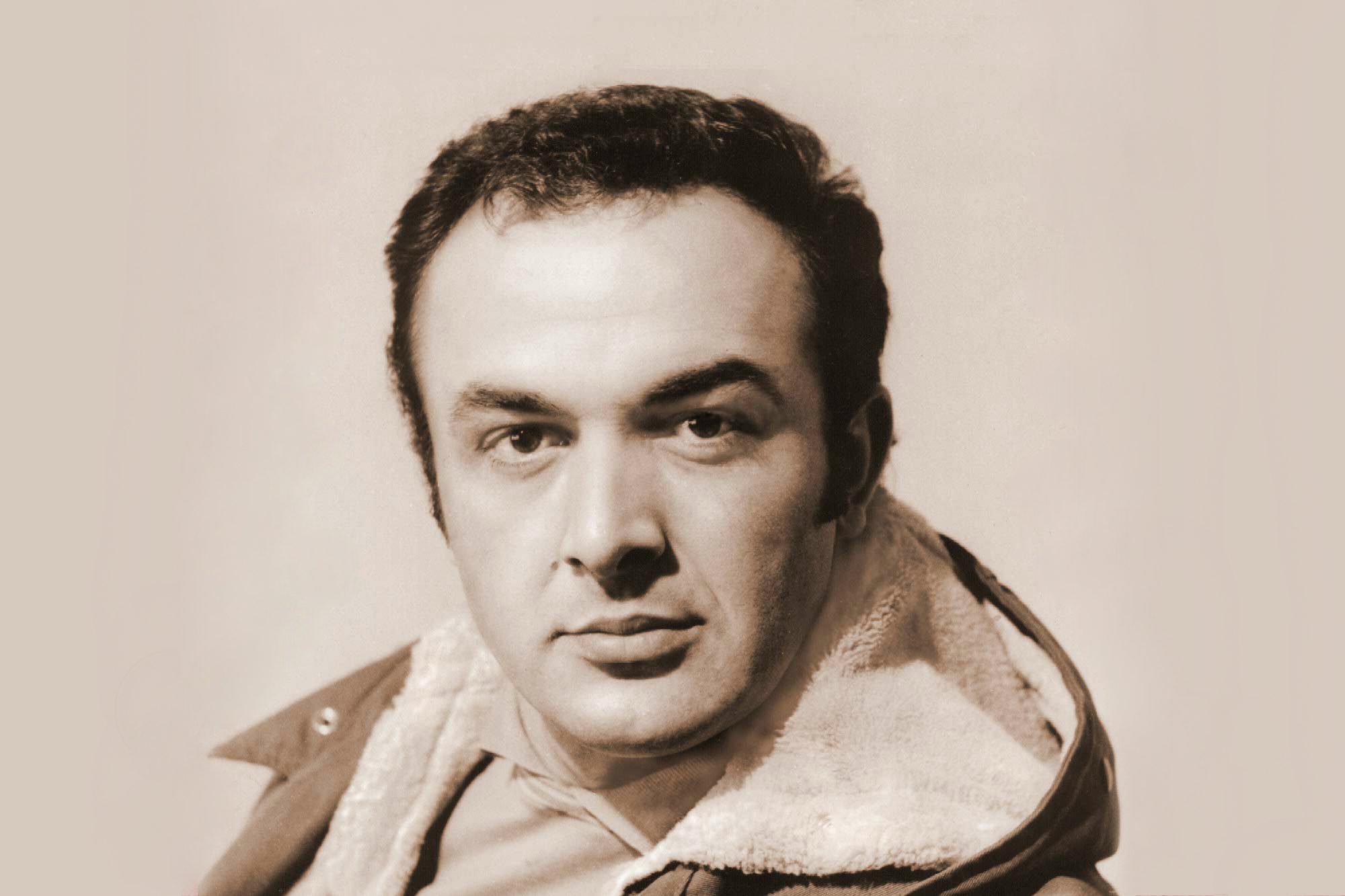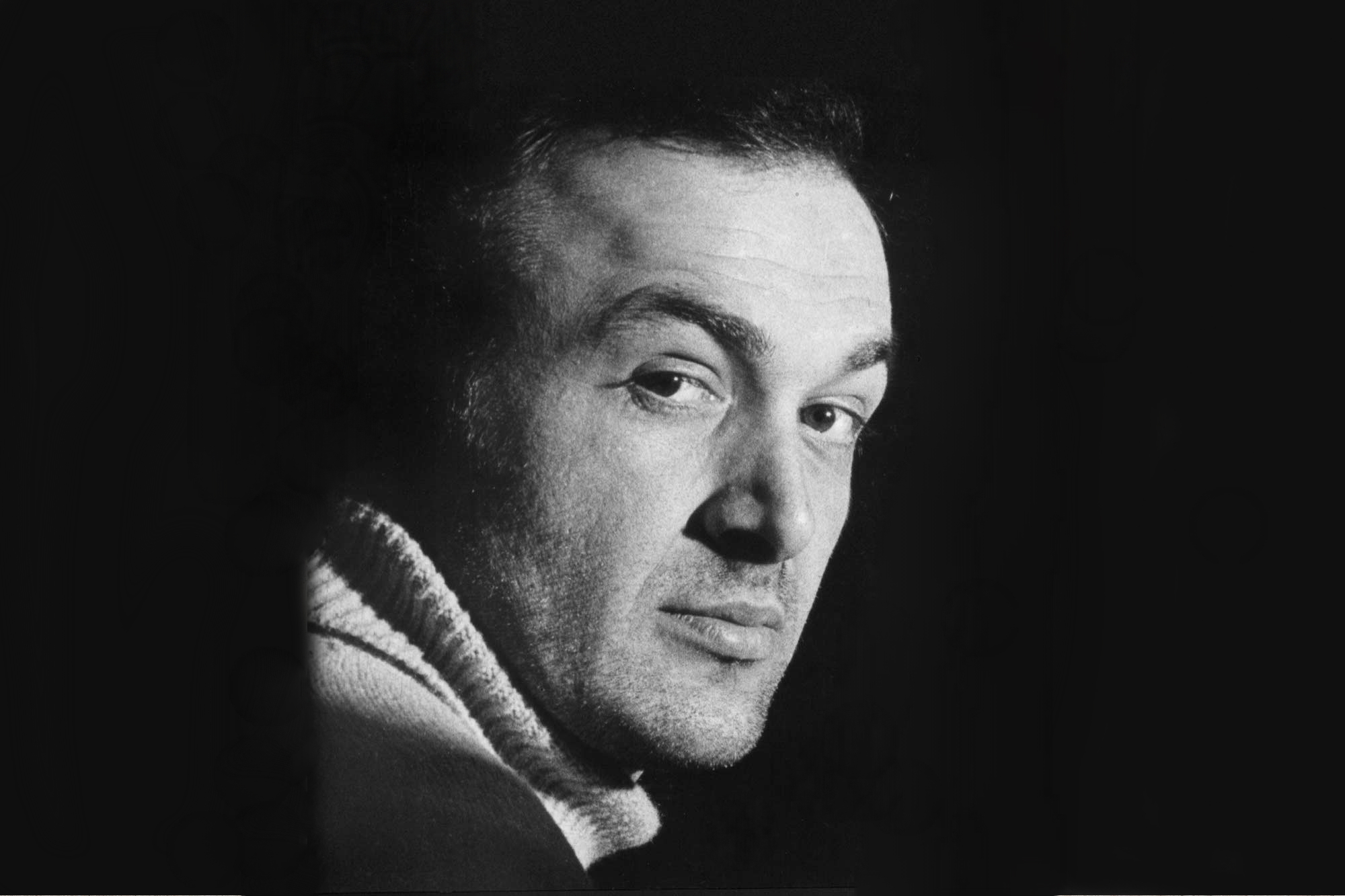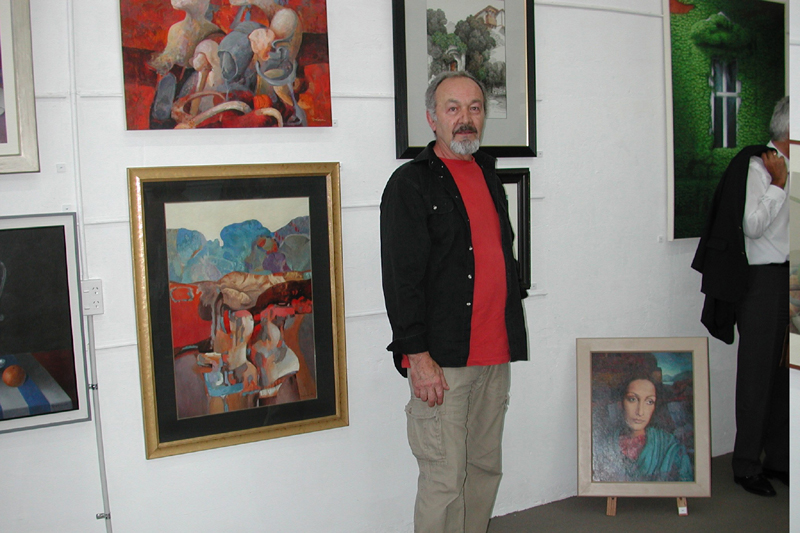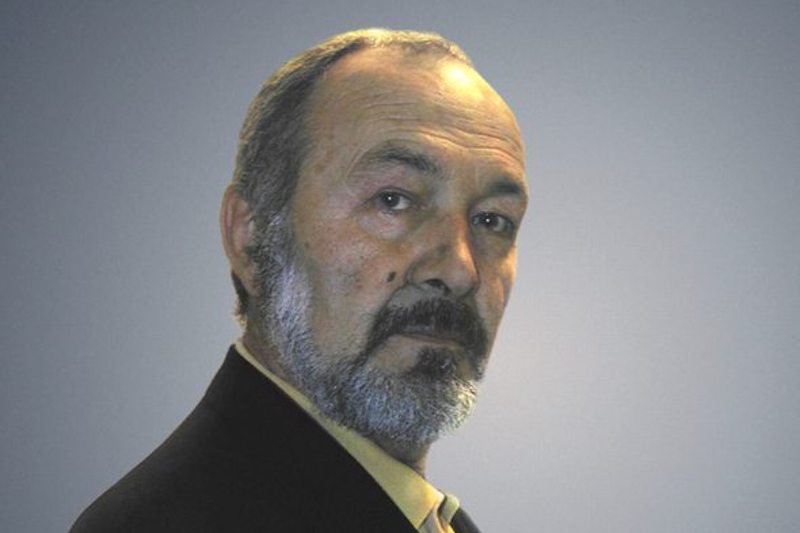
About Artist
Drago Došen
Drago Došen was born in Brezičani, former Yugoslavia (Bosnia) in 1943 and died in Auckland, New Zealand in 2019. He dedicated himself to the art at his early age in which he showed a great talent. Upon the graduation from the High School of Art in Sarajevo, he continued his studies in Belgrade, Serbia where he graduated from the Academy of the Applied Arts in 1970. Drago Došen concepts link him to the early 1970's generation of Belgrade painters who turned toward a fundamental experience of nature, reinstating the subject theme in their paintings. In 1975, Drago started exhibiting his work, which resulted in the great interest throughout former Yugoslavia and Europe. It didn’t take long before his paintings enjoyed great critiques and reviews from his fellow artists and the general public. This made him one of the most recognizable artists on the home soil at the time. Throughout 20 years of exhibiting in a number of galleries in many countries, Drago managed to sell well over 400 paintings that went to private and public collections. In 1995 Drago moved to New Zealand where he continued to exhibit his work, looking for new challenges and aspirations. His last work was inspired by the new surroundings which brought a different flavor to his extensive portfolio.



